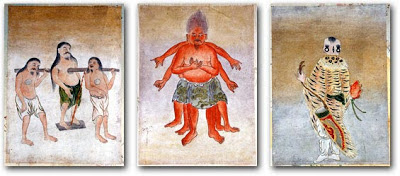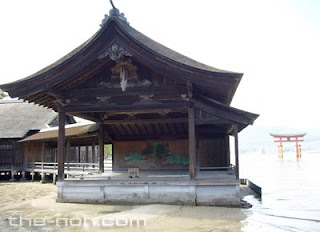An Empire Built With Greed and Sacrifice
Risk and sacrifice are essential if one is going to make great changes within a short period of time. When Japan was forced to thrust open its doors to western powers in the mid-nineteenth century, the Japanese people had a choice: to succumb to foreign influence or to refuse to lose themselves and to push back. They pushed back. But risk and sacrifice had to be a part of the energy behind that push. There are many groups that gave of themselves to make it possible, but the group that stood out to me was women. The victimization of women is an important part of history, but it is incredibly difficult to teach to teenagers in a sensitive but realistic way is a challenge that history teachers must face. Background Information For more information on the history behind Japan's journey from a private mysterious samurai culture filled with tradition to a technologically advanced world power that bombed Pearl Harbor, check out these resources: Imperial Japan: 1894-194

